Sikkim is gamut of rich wildlife. The state’s thick dense forest; from Tropical to the Alpines, give secured shelter to varietal elements of fauna as well as avifauna, that also includes many endangered species. And hence, considered as an ideal destination for your wildlife holidays. Looking at Sikkim wildlife richness, which possess more than 4000 species of; plants, animals and birds, makes it every naturalist’s aspiration.
The state mainly enjoys two seasons in its lowlands, which is either wet or dry. And the temperature here is mainly cold throughout the year, swaying between 14 - 18 degree celsius. Such an environment is considered to be apt for rice, ginger, orange and cardamom cultivation. To provide appropriate land area for them, some parts of south lowlands, comprising of the lush vegetation of figs, laurel, Sal trees and bamboos have been cleared to make it available for farming. The temperate forest that are found between the tropical and the sub-tropical regions are comprised of oak, chestnut, maple, birch, alder, magnolia and silver fir. This is the belt which is harboring an endangered species; musk deer.
Moving upwards to the highlands, which is considered to be the alpine zone is where juniper, cypresses and rhododendrons grow. The yaks are quite prominent and spottable in this zone. Other than these, the barking deer which is the common animal in Sikkim also wander around this area along with snow leopard, wild ass, leopard, red panda, Himalayan black bear, binturong, Blue sheep, tahrs, marmots, and flying squirrel. Sikkim’s land has abundant birdlife with more than 550 species constituting around 30% of all the birds found in the Indian sub-continental. This is why Sikkim has become the hotspot for birdwatching.
The regions that are mostly well-stalked for the birders are the West and South part of Sikkim, including the mesmerising glimpses of the White-browed Tit-Babbler, Alcippe vinipectus, Rufous Sibia, Heterophasia, capistrata, Grey-faced Leaf-Warbler, Phylloscopus maculipennis, Orange-gorgeted Flycatcher, Ficedula strophiata, Rufous-bellied, Niltava, Niltava sundara, Rufous-bellied Crested Tit, Parus, Maroon-Backed Accentor, Red-faced Liocichla and Red-headed Bullfinch. To have the rare sighting of the migrant ducks and some of the rare species such as Black-necked Crane and Black-tailed Crane, one has to visit the Khecheopalri Lake in West-Sikkim itself. About the Southern region - Bhale Donga, can offer to see the satyr Tragopan, Kalij pheasant, rusty-bellied Shortwing, Minivet, Yuhina and flycatchers etc. Whereas, being a Himalayan State, there are birds like Blood Pheasant, Himalayan Monal, Brown Parrotbill, Fire-tailed Myzornis, Cutia, Sapphire flycatcher, White browed Bush Robin, Grandala, Rufous, White winged and collared Grosbeaks and Spot-winged Rosefinch that one can spot while trekking to the splendid Himalayas.
Other than them, there are about 650 species of butterflies that flutter and hover around green fields and forested hills of this Northeastern state, adding more colors to this pastoral state. Thus, due to such extensive flora and fauna of Sikkim, Government has converted its densely animal-populated regions into wildlife sanctuaries and national parks, mainly with the motive to protect the wildlife and to promote the wildlife tourism in Sikkim. Fambong Lho Wildlife Sanctuary, Maenam Wildlife Sanctuary, Kyongnosla Alpine Sanctuary, Khangchendzonga National Park, Shingba Rhododendron Sanctuary and Barsey Rhododendron Sanctuary are the such places, where both animals and plants reside in complete harmony with each other.









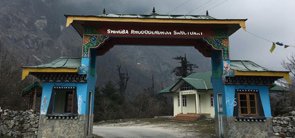
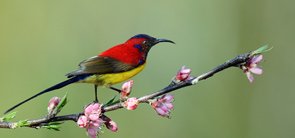

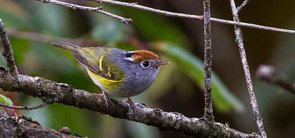
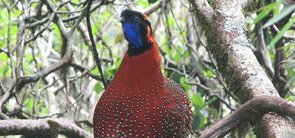

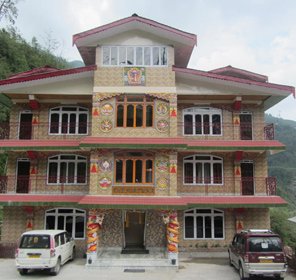
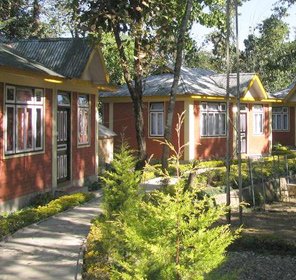

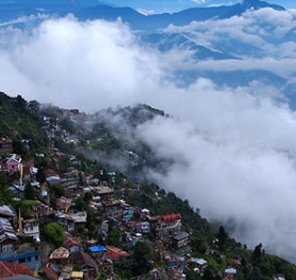

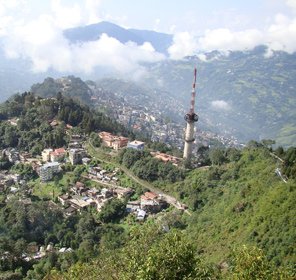
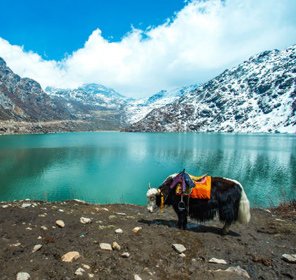



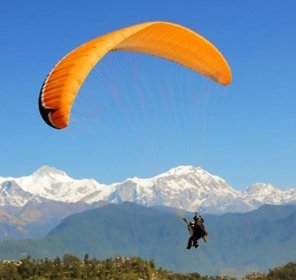

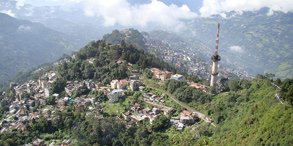
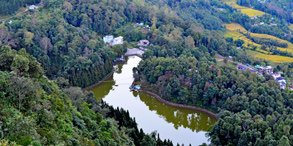
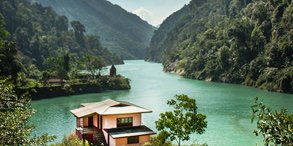
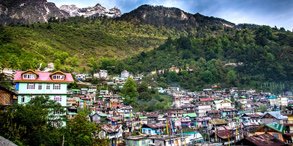
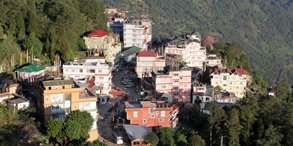
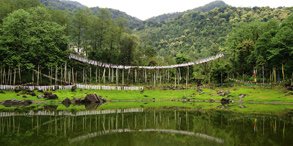

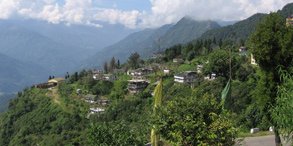

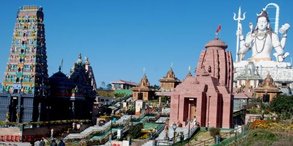
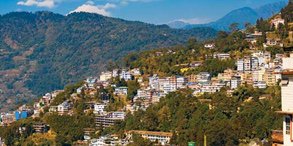

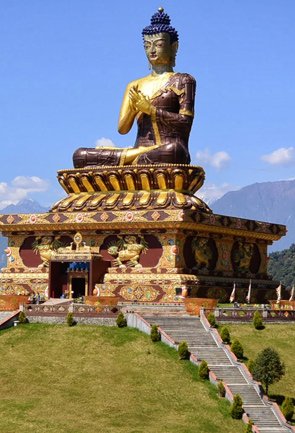

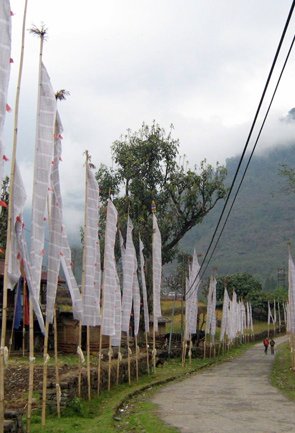
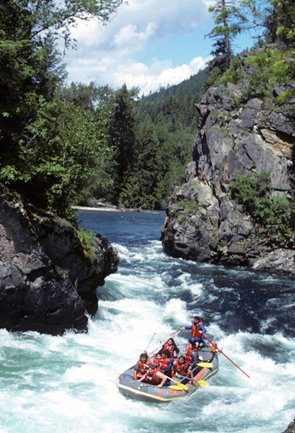

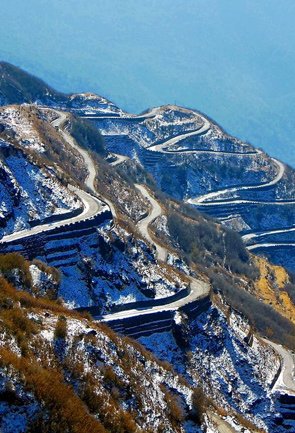

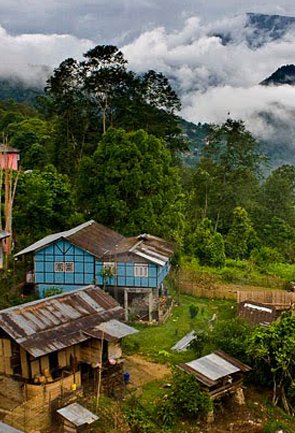
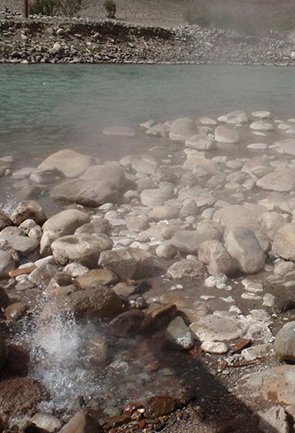
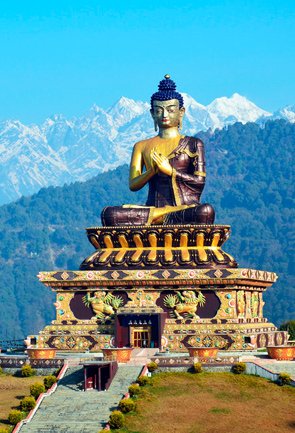


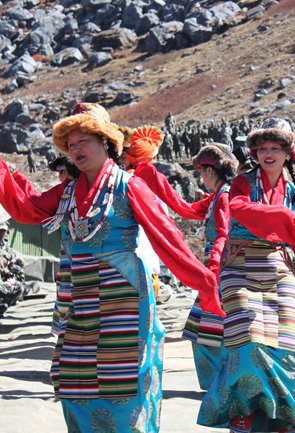



 Plan Trip
Plan Trip Call Us
Call Us Packages
Packages Home
Home